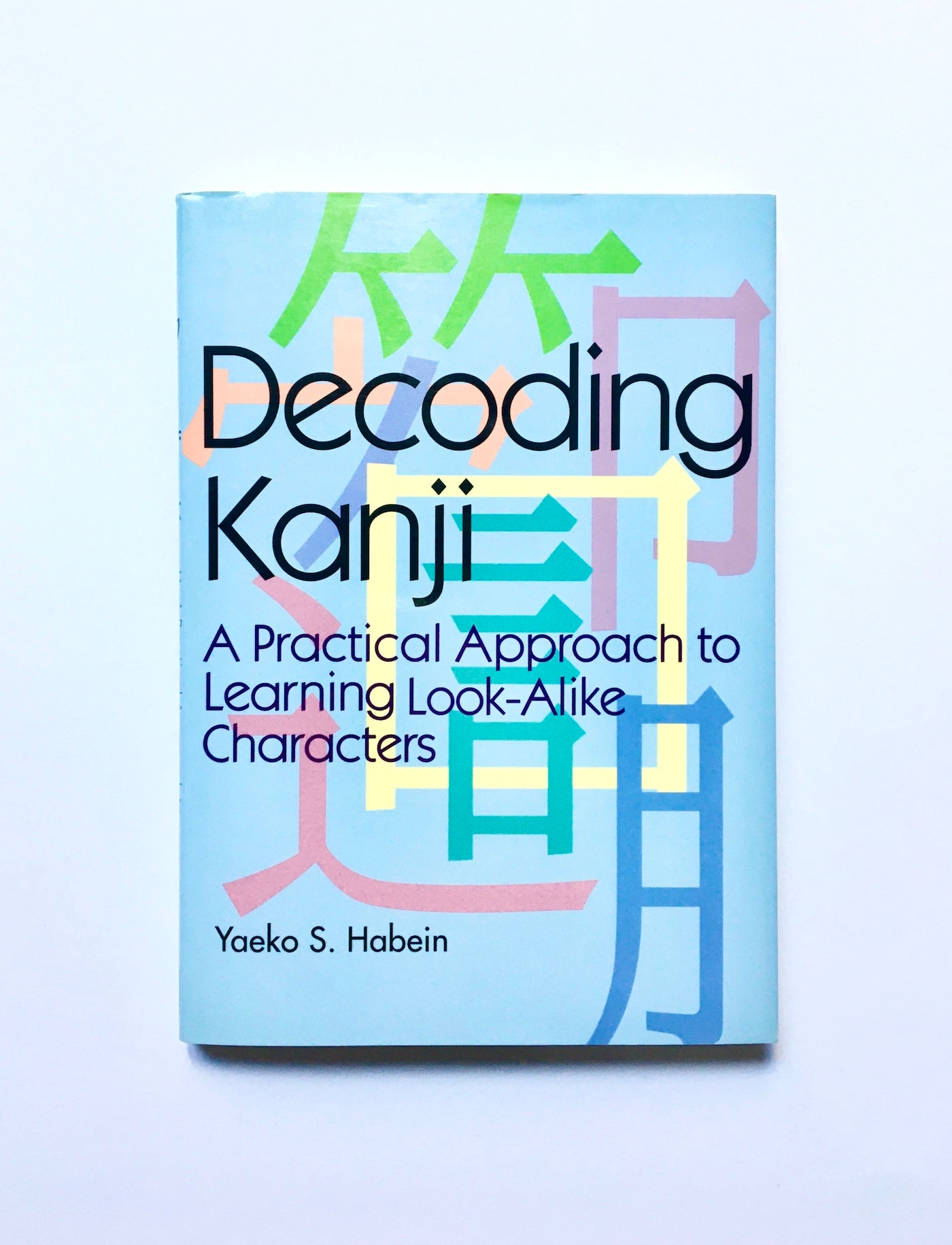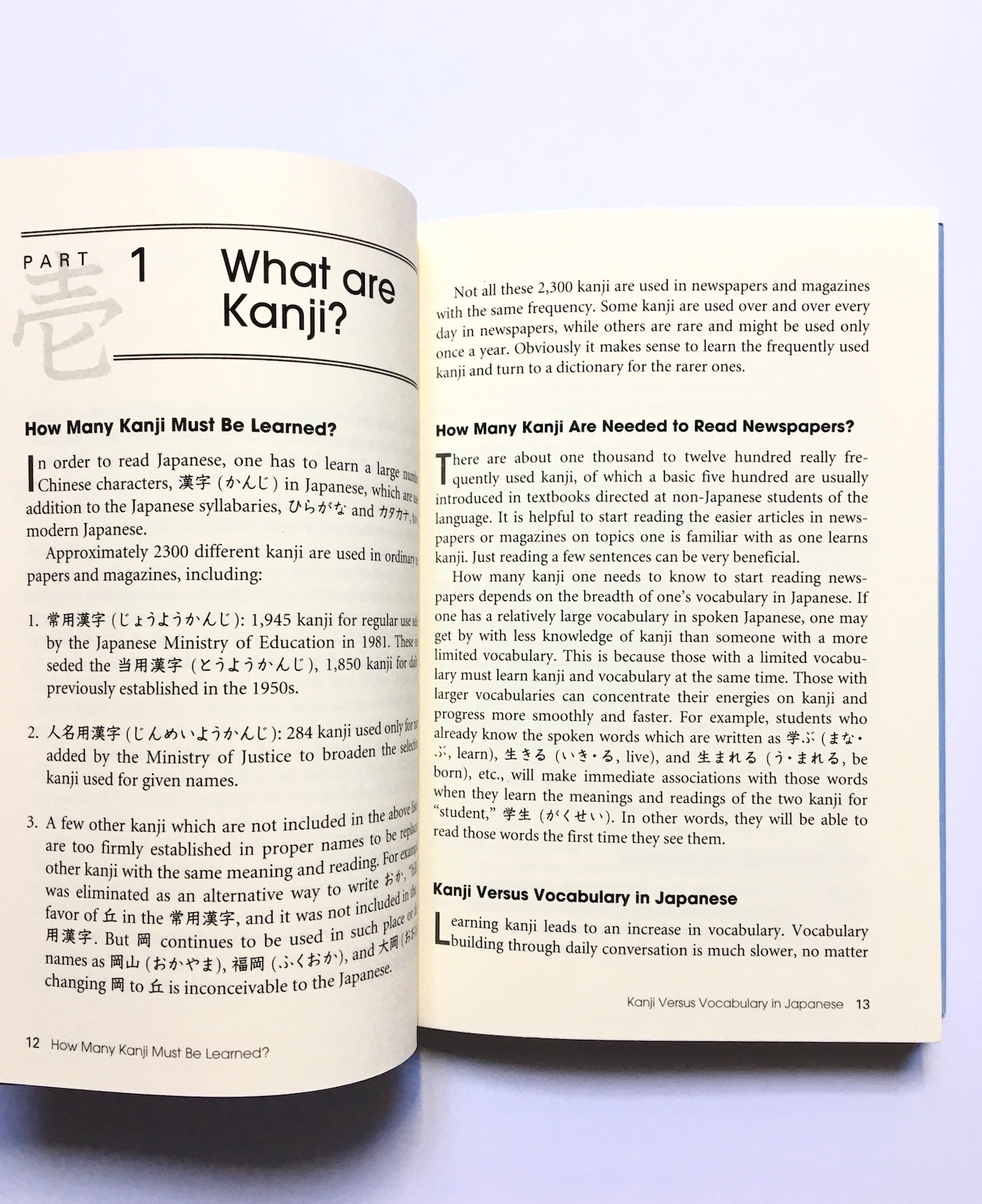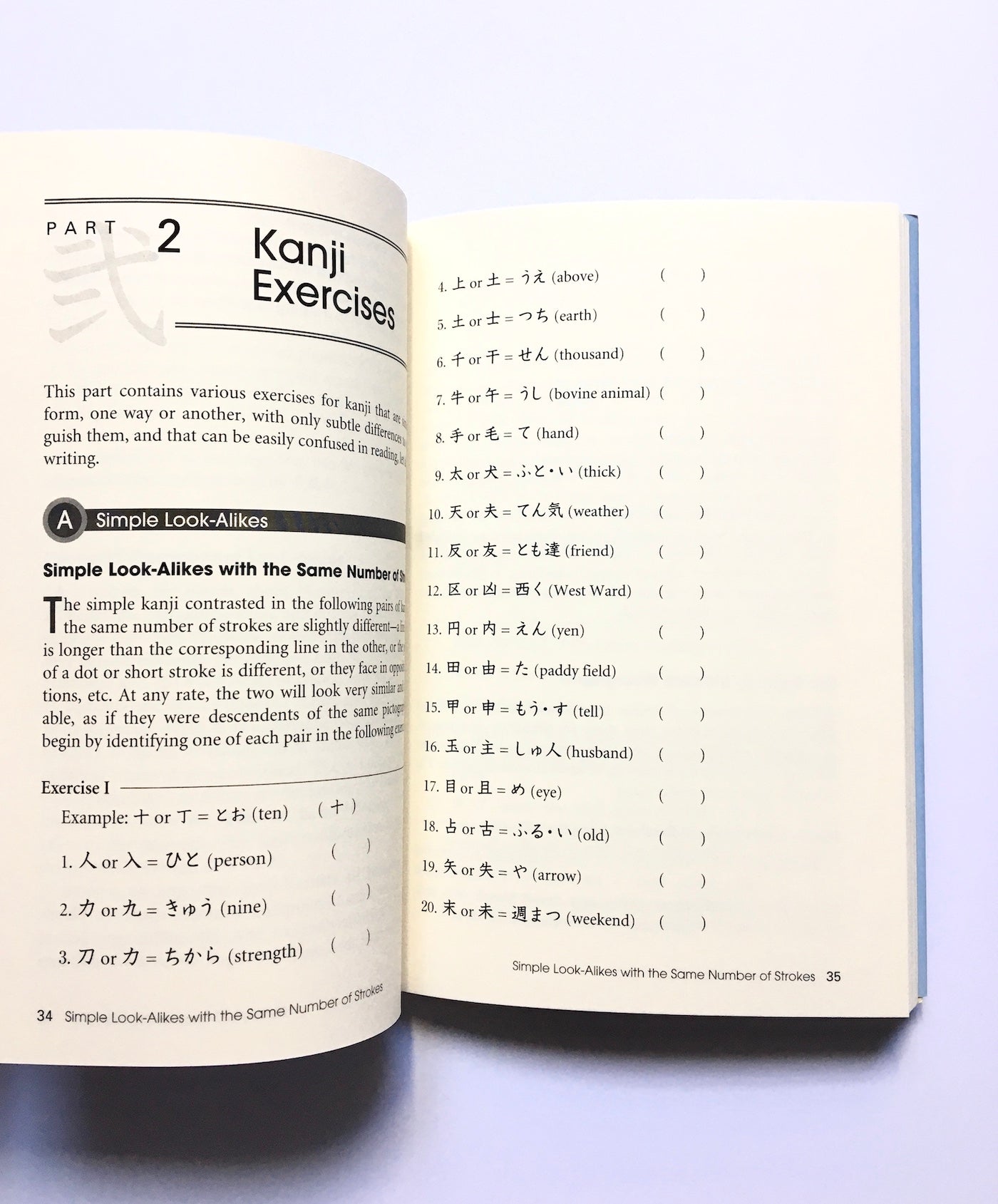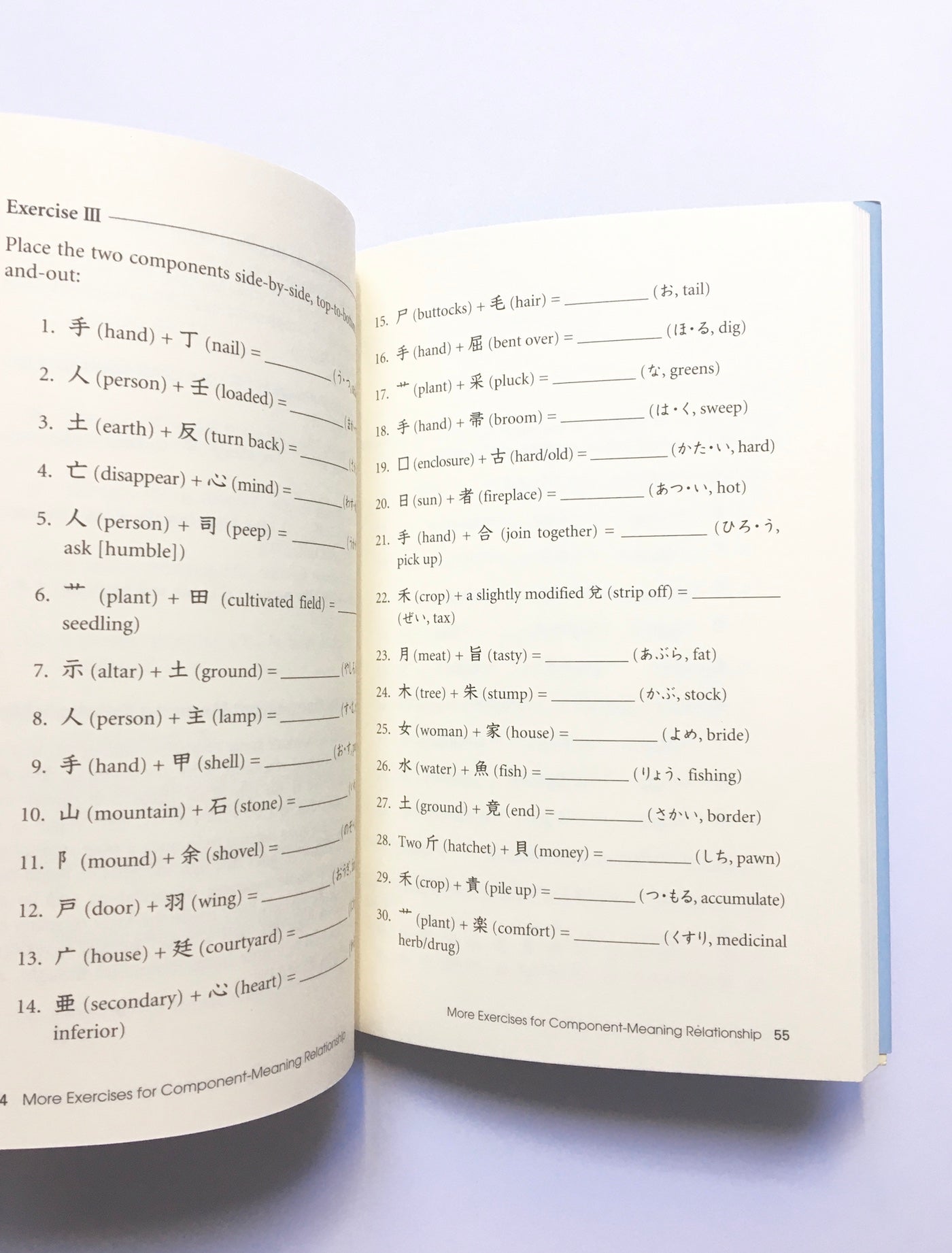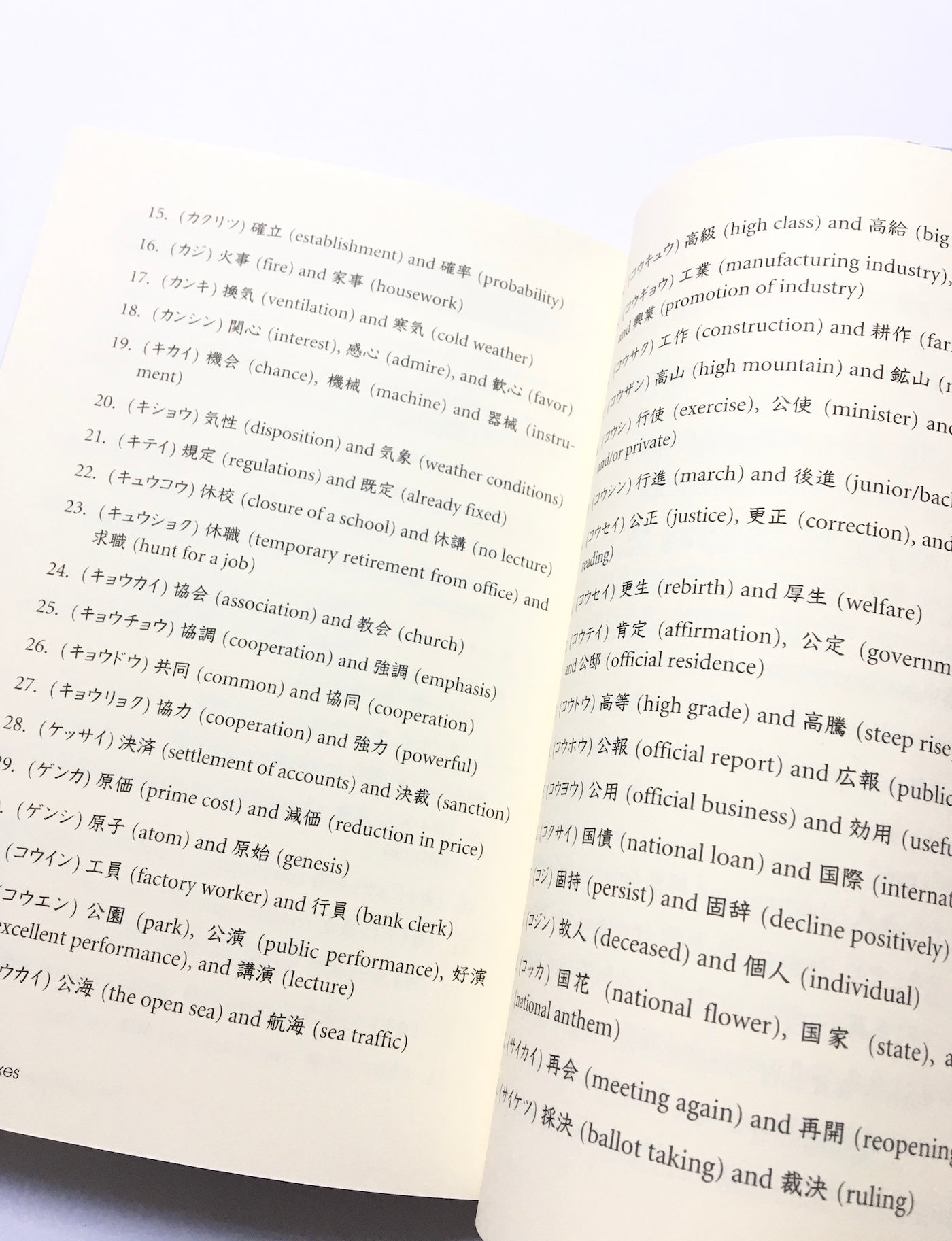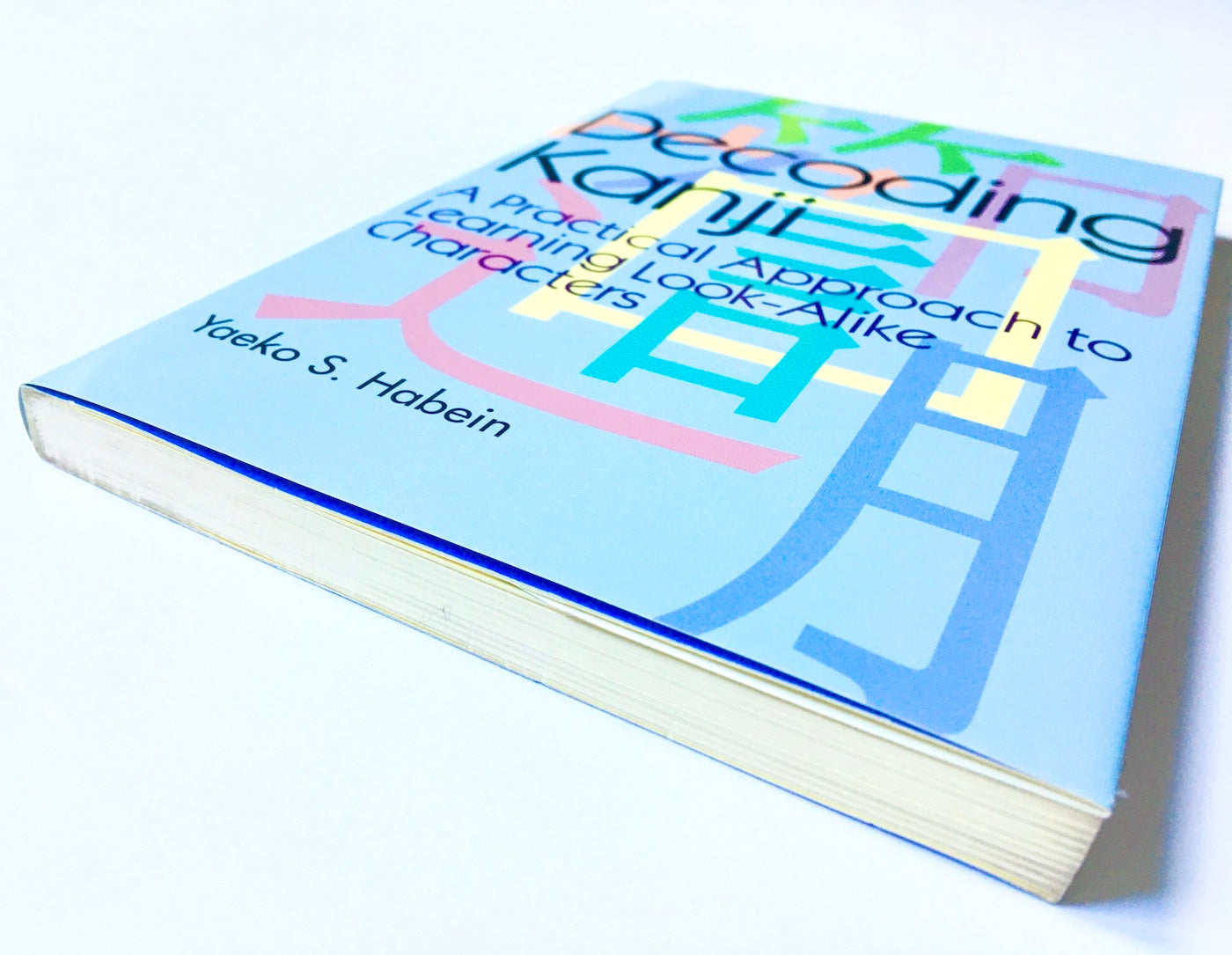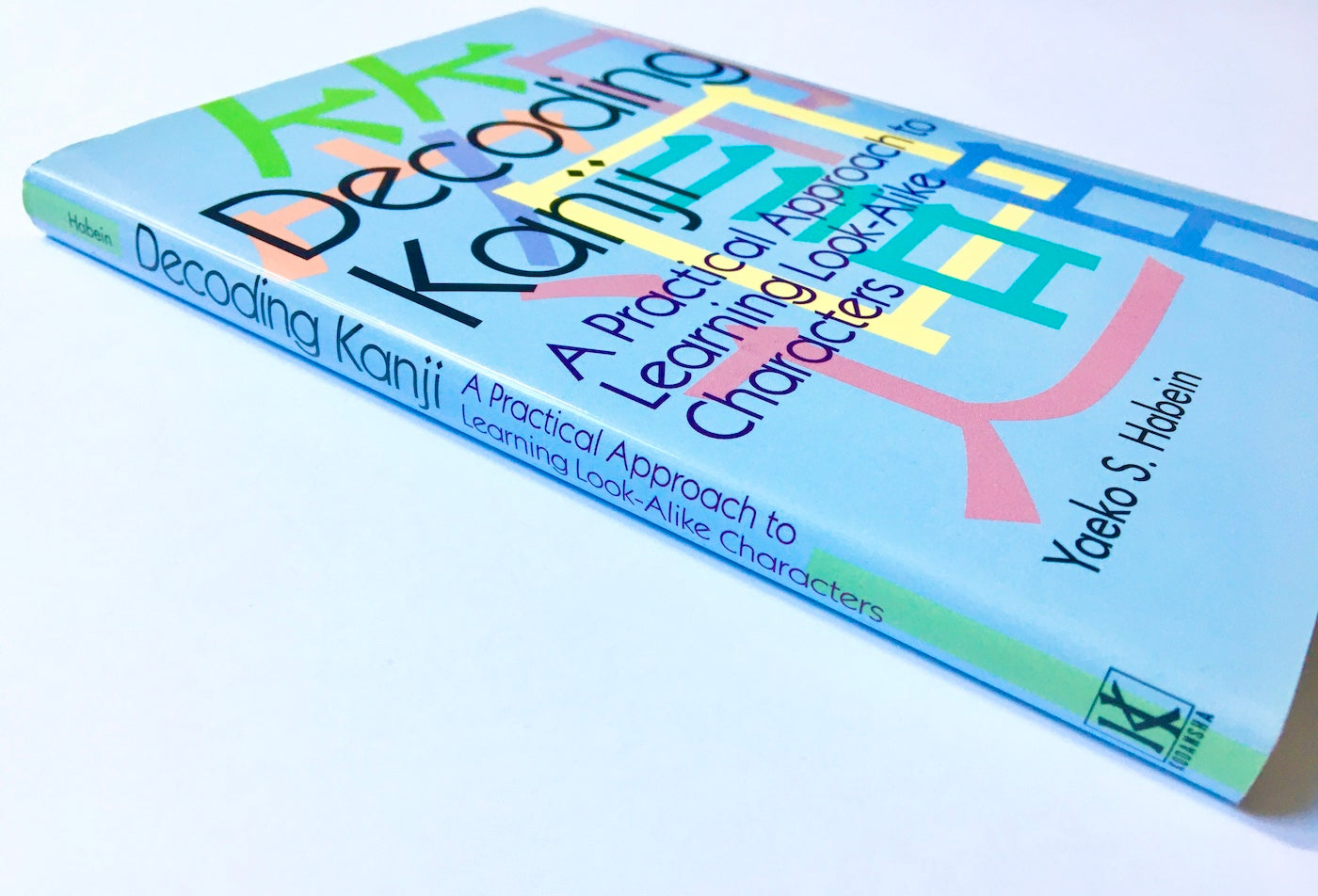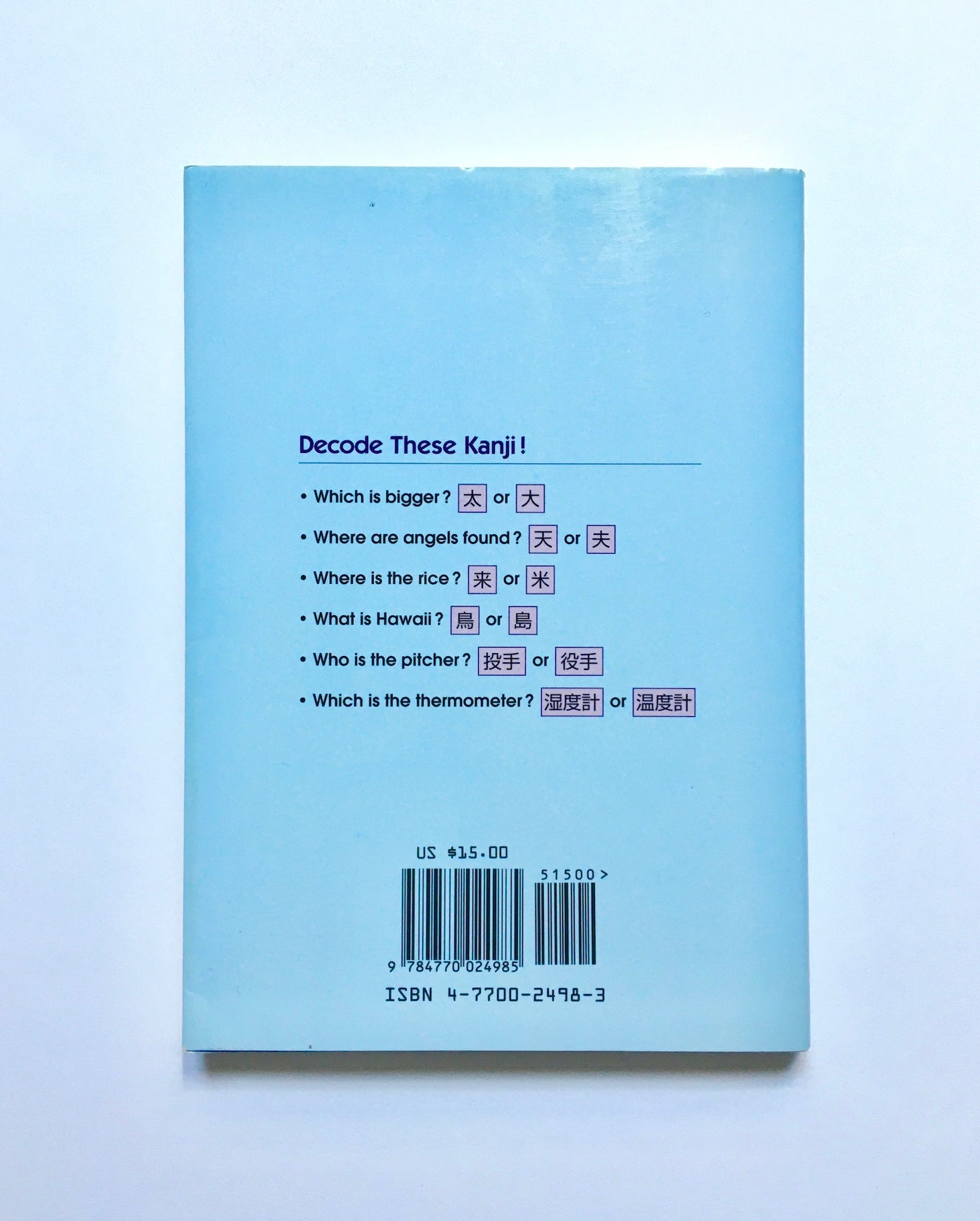Decoding Kanji: A Practical Approach to Learning Look-Alike Characters
Decoding Kanji: A Practical Approach to Learning Look-Alike Characters
Kodansha USA
Couldn't load pickup availability
by Habein, Yaeko S.
There are many things that make learning to read Japanese difficult, and all of them have to do with kanji. It has been suggested that kanji be banned from use, which might prove awkward considering that they have been a part of the language for over a 1,400 years. It has also been suggested that they be simplified, and a half-hearted attempt was actually made to do just that. But, in the end, the student has only one recourse-which is, to learn them.
Of the many difficulties presented by kanji, this book takes up one: the fact that many of them look so very much alike. In your early years as a student, you may think that what you see before you is the simple character for big, only to be told that, sorry, that's its look-alike, dog. Later on in your career, you see what you believe to be the recently learned rope, only to be told that it is its kissing cousin steel. Years later, with a great deal of experience under your belt, you are still caught flat-footed when you mistake samurai for wait.
This book helps the student to overcome this problem of kissing cousins and spitting images, to become aware of the subtle differences that distinguish one kanji from another. With numerous exercises and charts, the tell-tale signs that give each kanji away are indelibly imprinted on the mind.
Condition: Very good
Format: Paperback
Published: 2000
Pages / Size: 144p, 18.4 x 13 x 1 cm
Language: English
ISBN: 4770024983
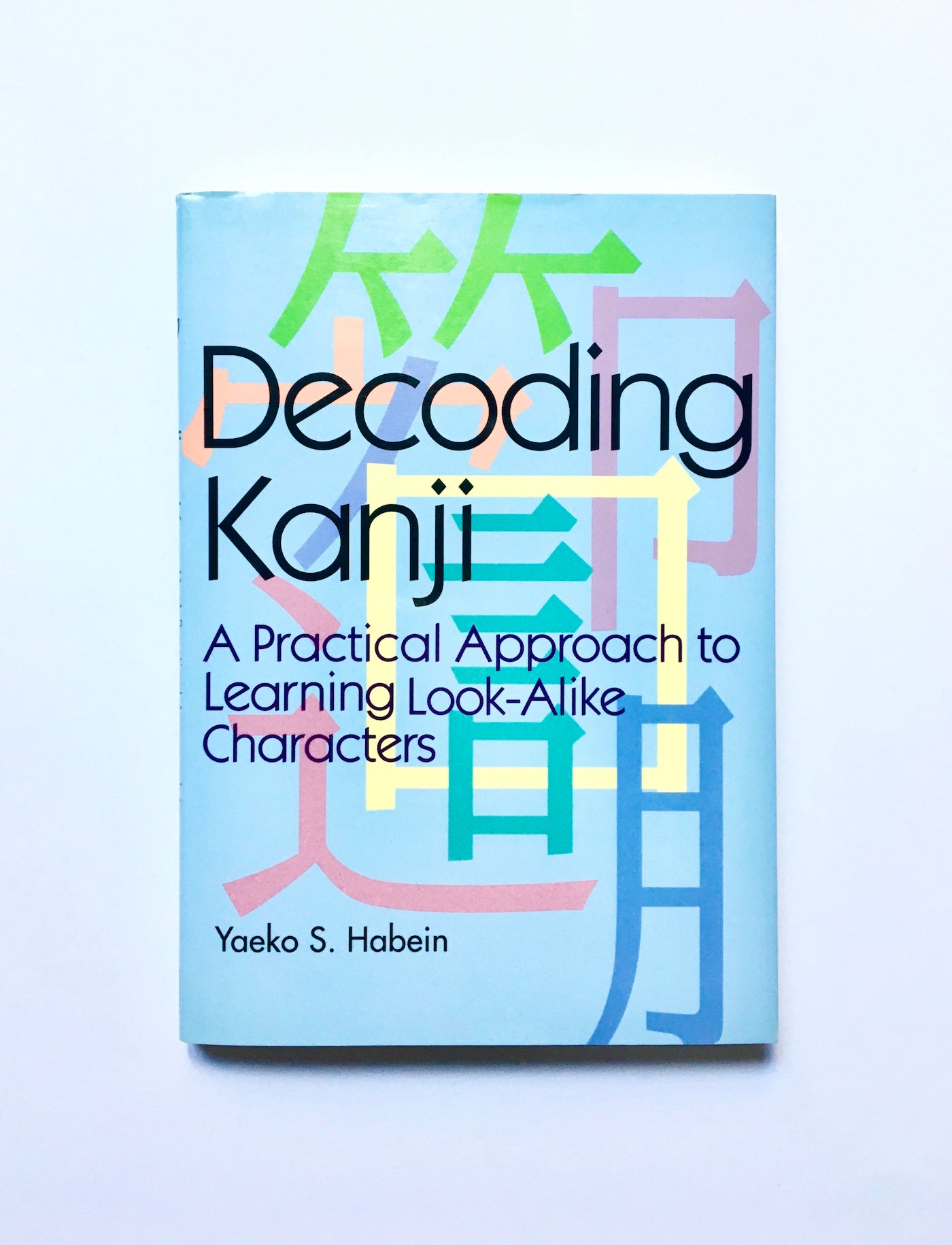
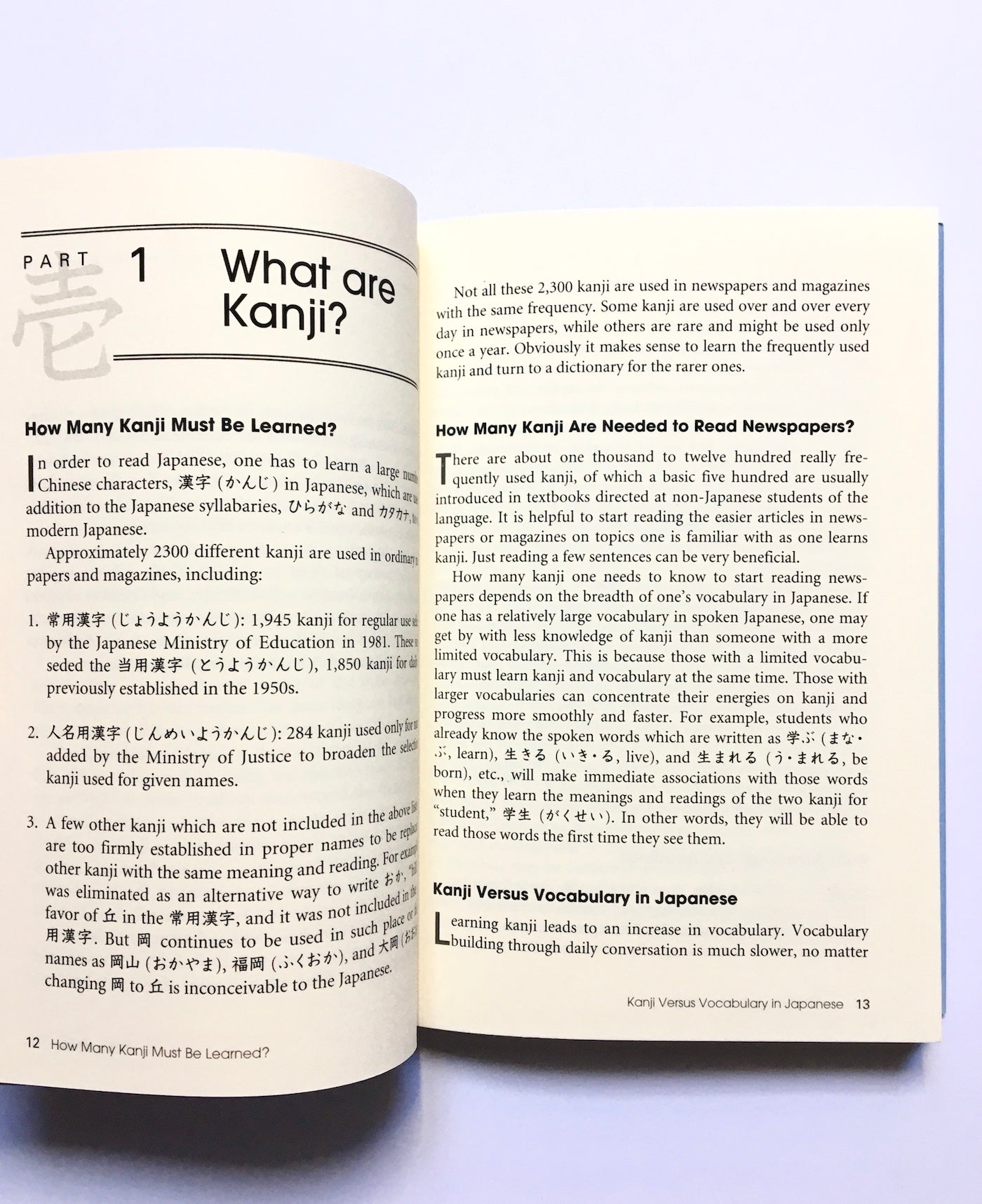
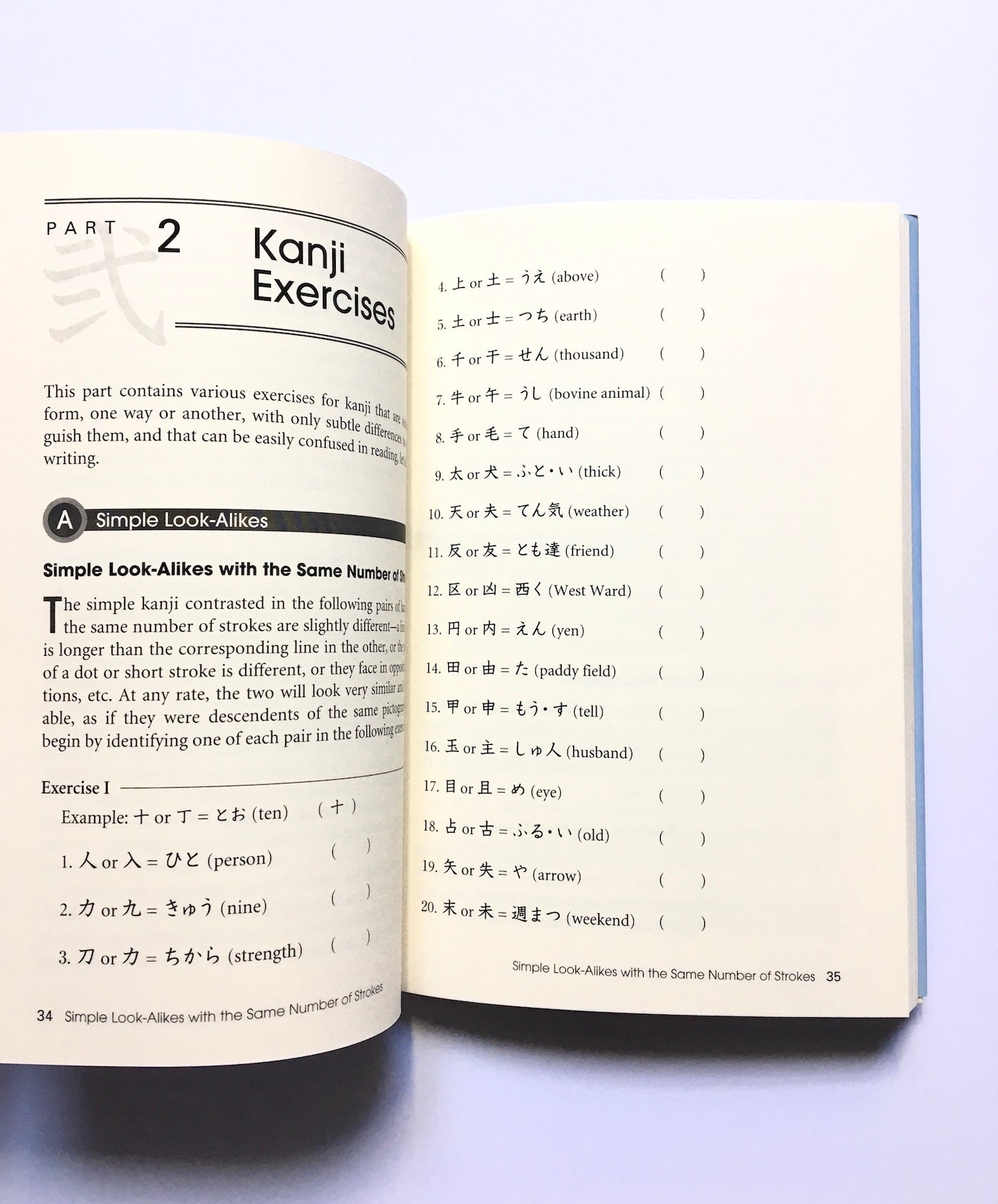
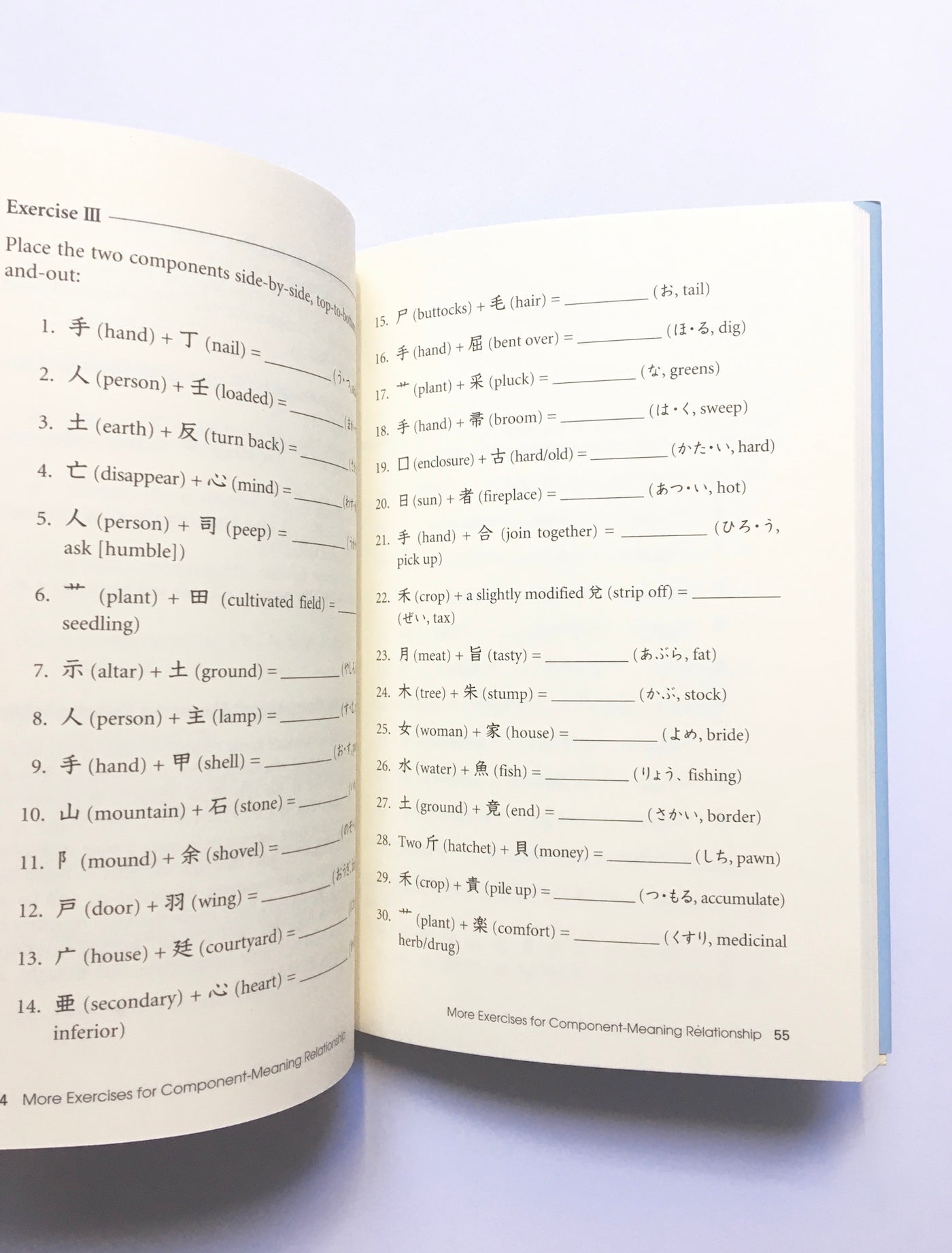
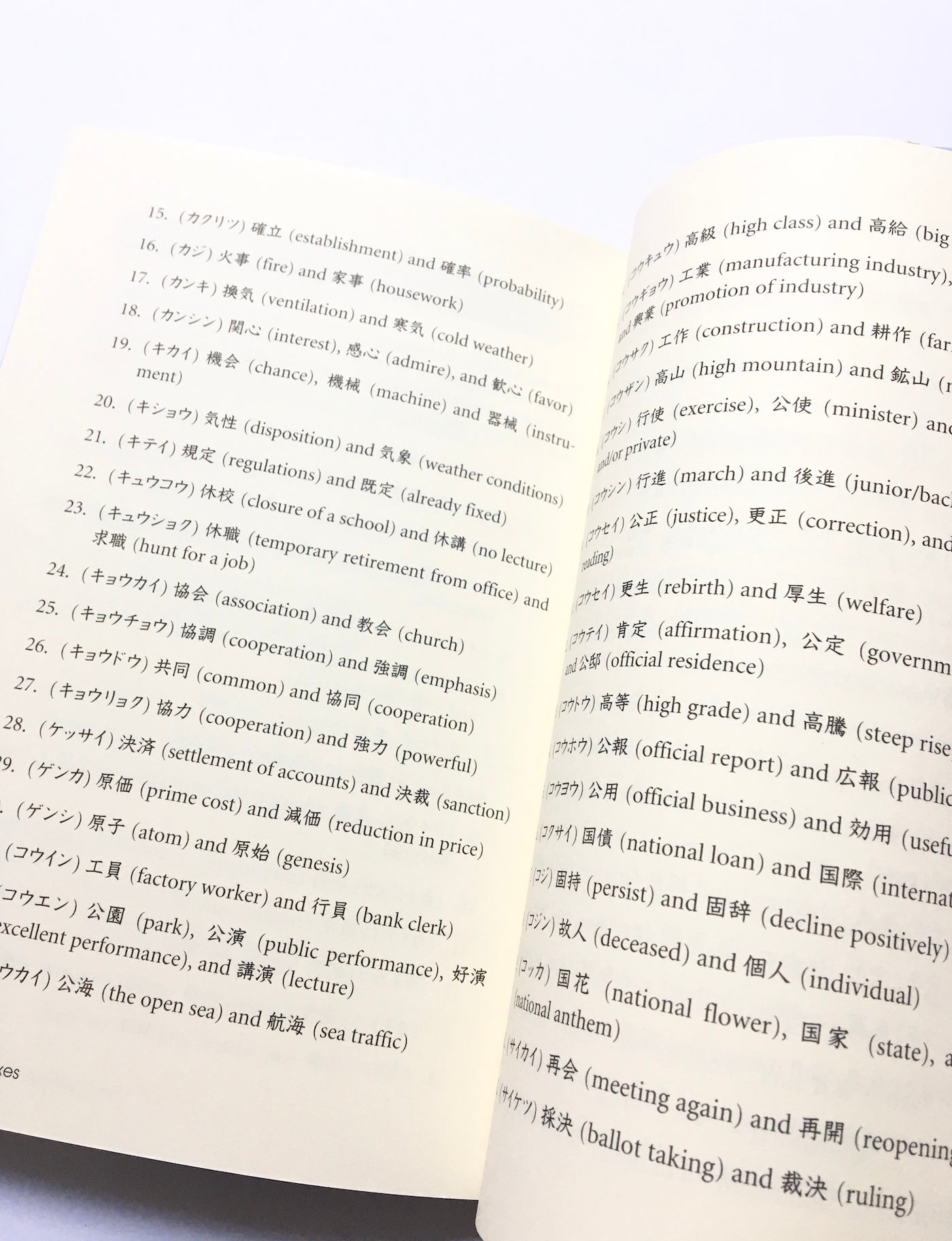
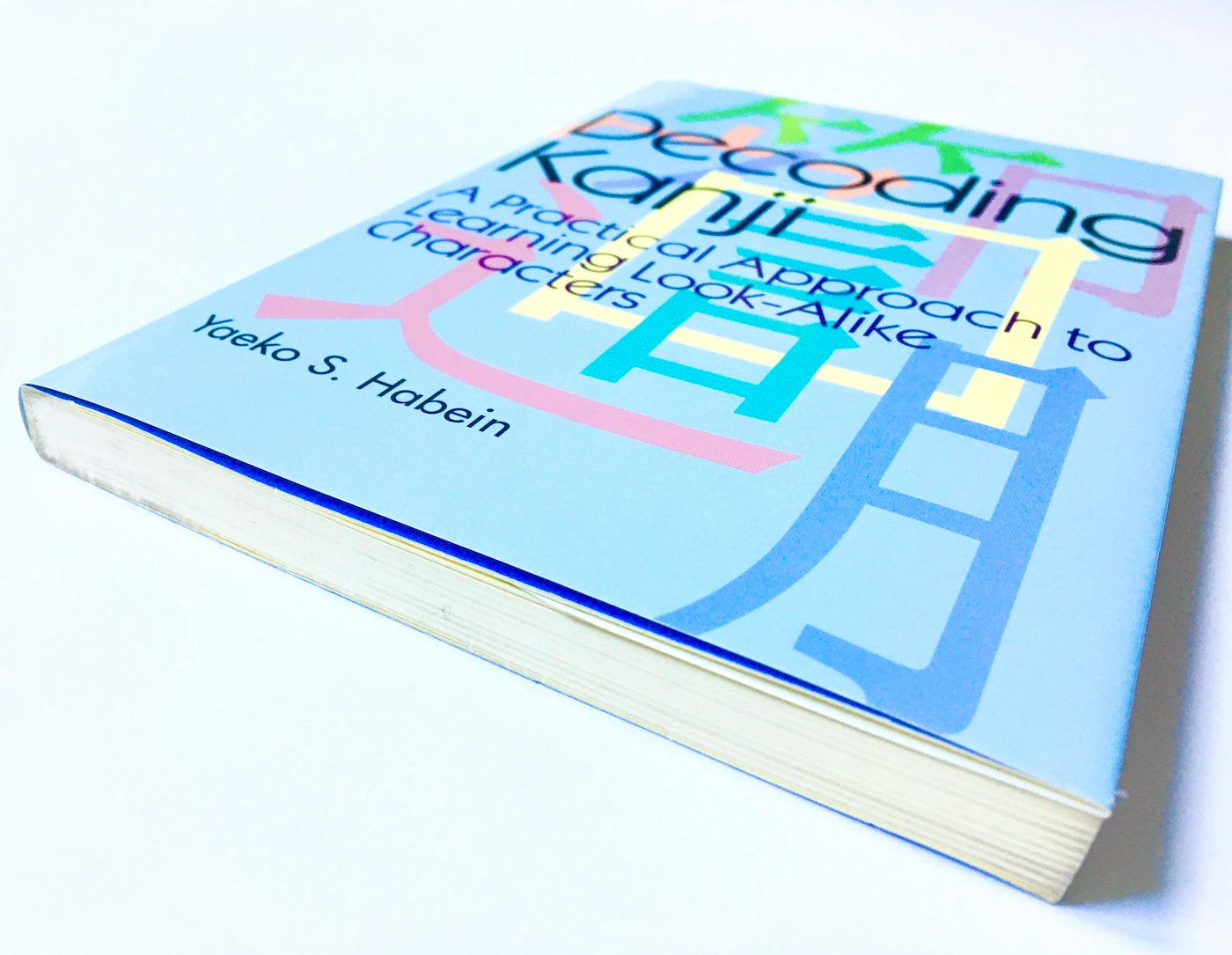
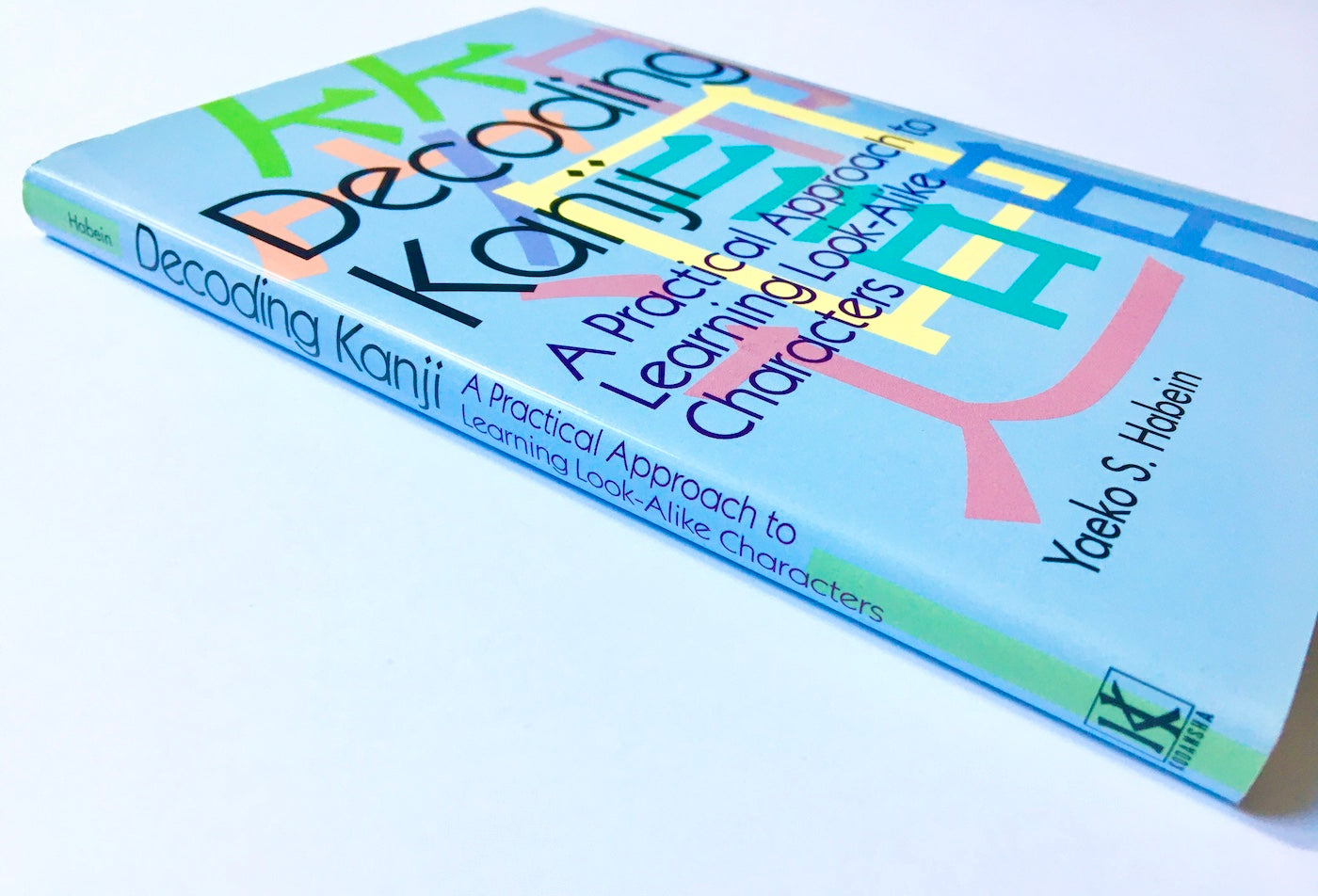
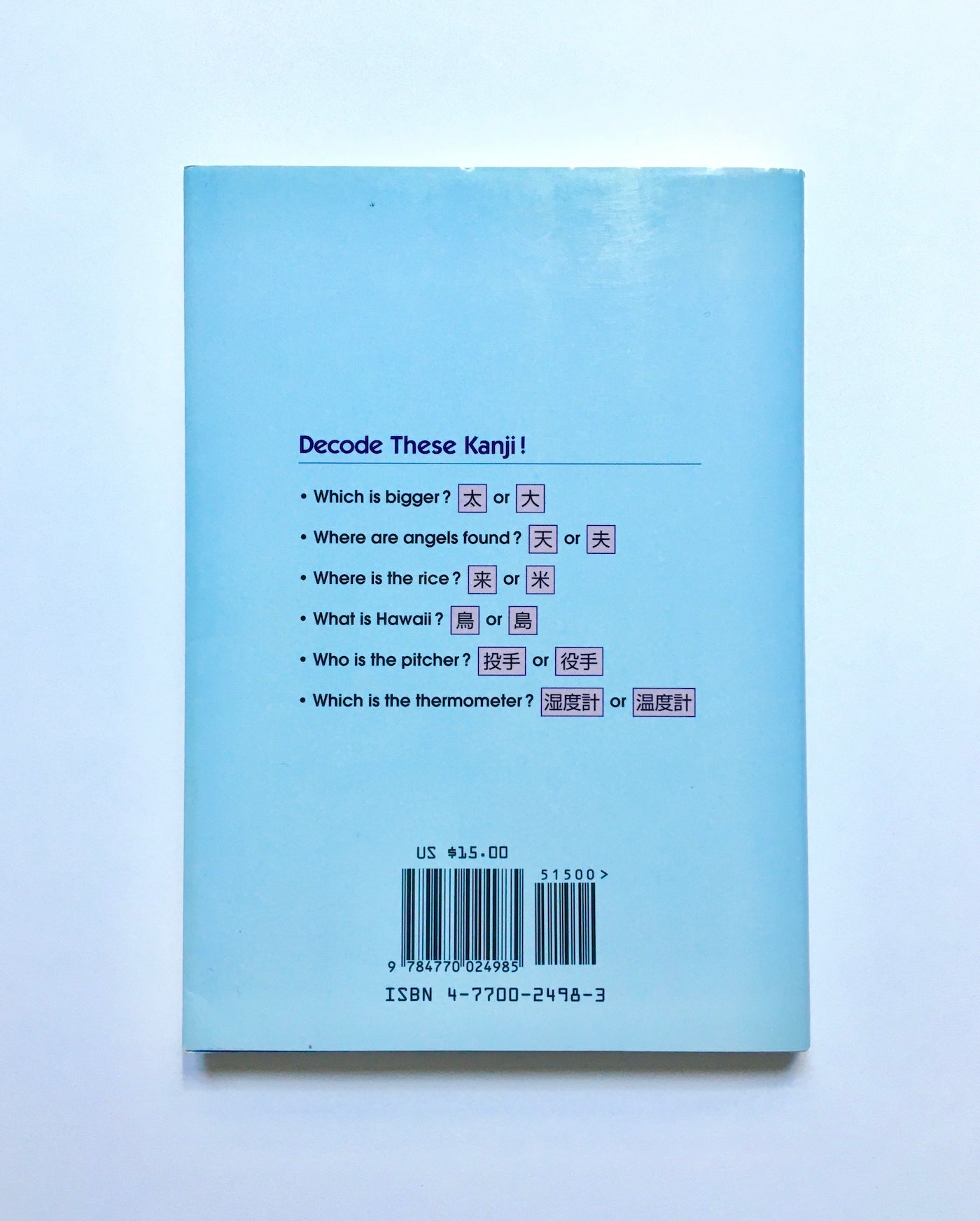
Shipping policy
Shipping cost
Free standard shipping to Germany on orders of €50,00 or more (after any coupon and sale discounts).
| Weight | Price |
| 0g - 999g | €3,50 |
| 1000g - 1999g | €6,50 |
| 2000g - 4999g | €7,50 |
Please contact us for orders from outside Germany.
Your order will be shipped after we receive your payment.
Unless otherwise specified in the respective offer, the goods are delivered domestically (Germany) within 3 - 7 days after the conclusion of the contract (if advance payment has been agreed after the time of your payment order)
Please note that there will be no deliveries on Sundays and public holidays.
If you have ordered items with different delivery times, we will send the goods in one shipment, unless we have made a different agreement with you. In this case, the delivery time is determined by the item with the longest delivery time that you have ordered.
If you have further questions you can contact us anytime using the contact details found in the legal notice.
Collapsible content
◎ Books Condition Guide
- New : This is a new book, unused, unread copy in perfect condition.
- Very good: A book that looks new but has been read. Cover has no visible wear. No missing or damaged pages, no creases or tears, and no underlining or highlighting of text, and no writing in the margins, possible very minimal creasing.
- Good : The book has been read but is in good condition. It has very minimal damage to the cover, including scuff marks. The binding has minimal wear. The majority of pages are undamaged with minimal creasing or tearing. There are no missing pages. A book in fair condition, the text pages and illustrations will be complete. It may also be worn or show some early signs of splitting internally at the spine. A fair dust jacket will likely have some creases or chips or small tears and may be dirty.
- Acceptable : A worn book that has complete text pages. Binding, jacket (if any) will be worn. Spine may be warped with cracking and scuffing.
This copy may be soiled, stained, spotted, discoloured and browned or creasing Pages. Markings and note taking do not interfere with reading. May be some water damage and cover slightly torn.

